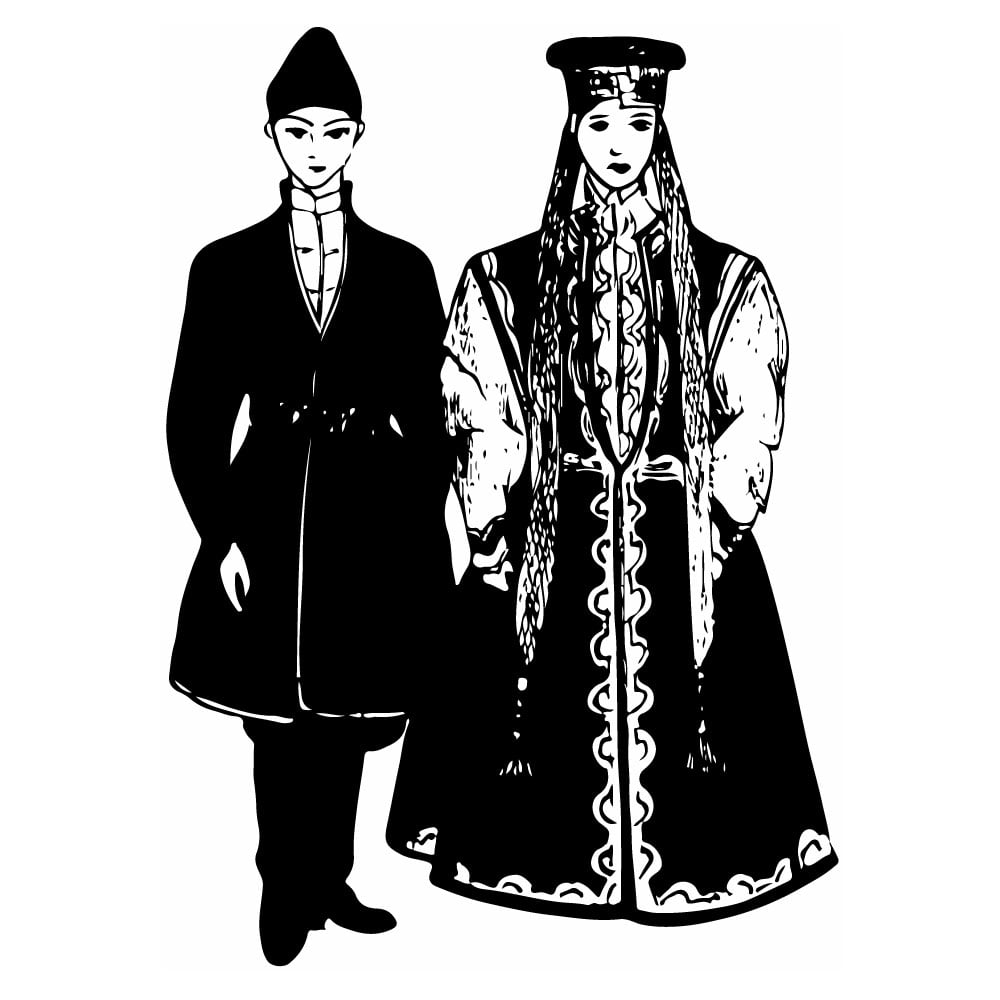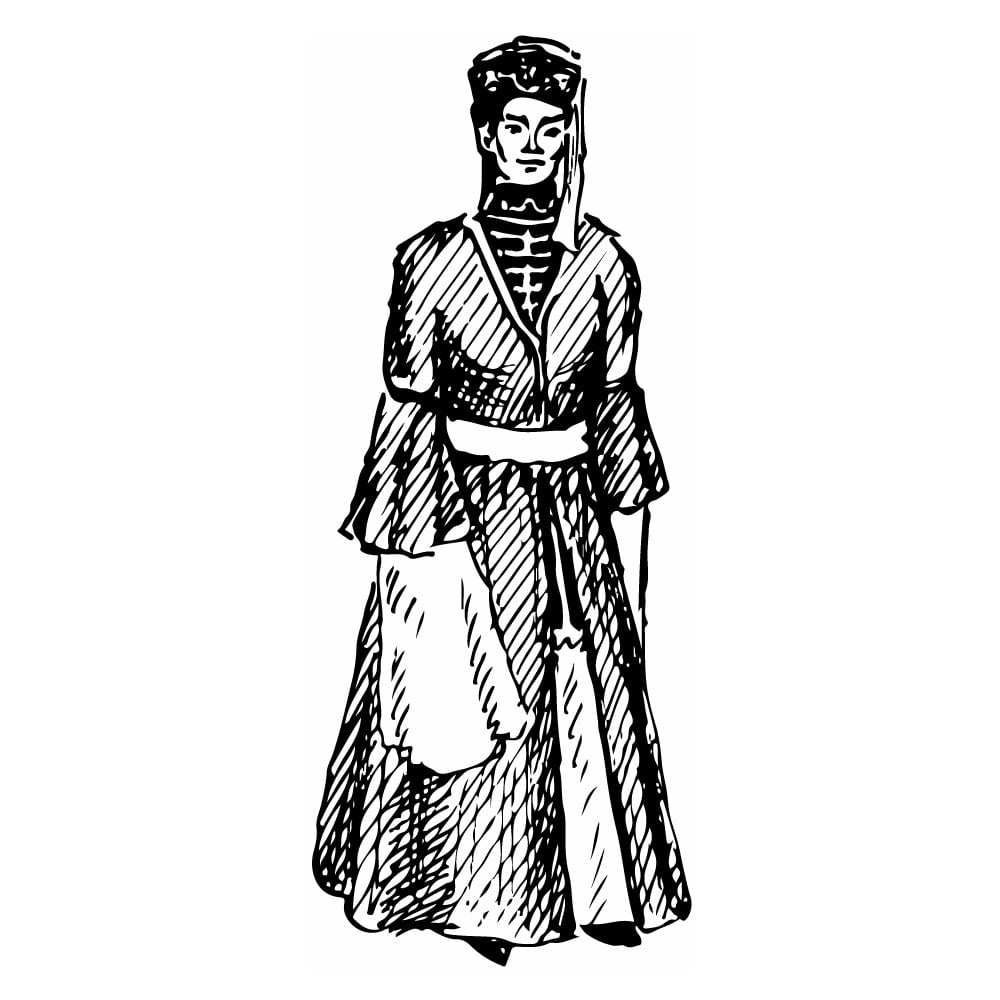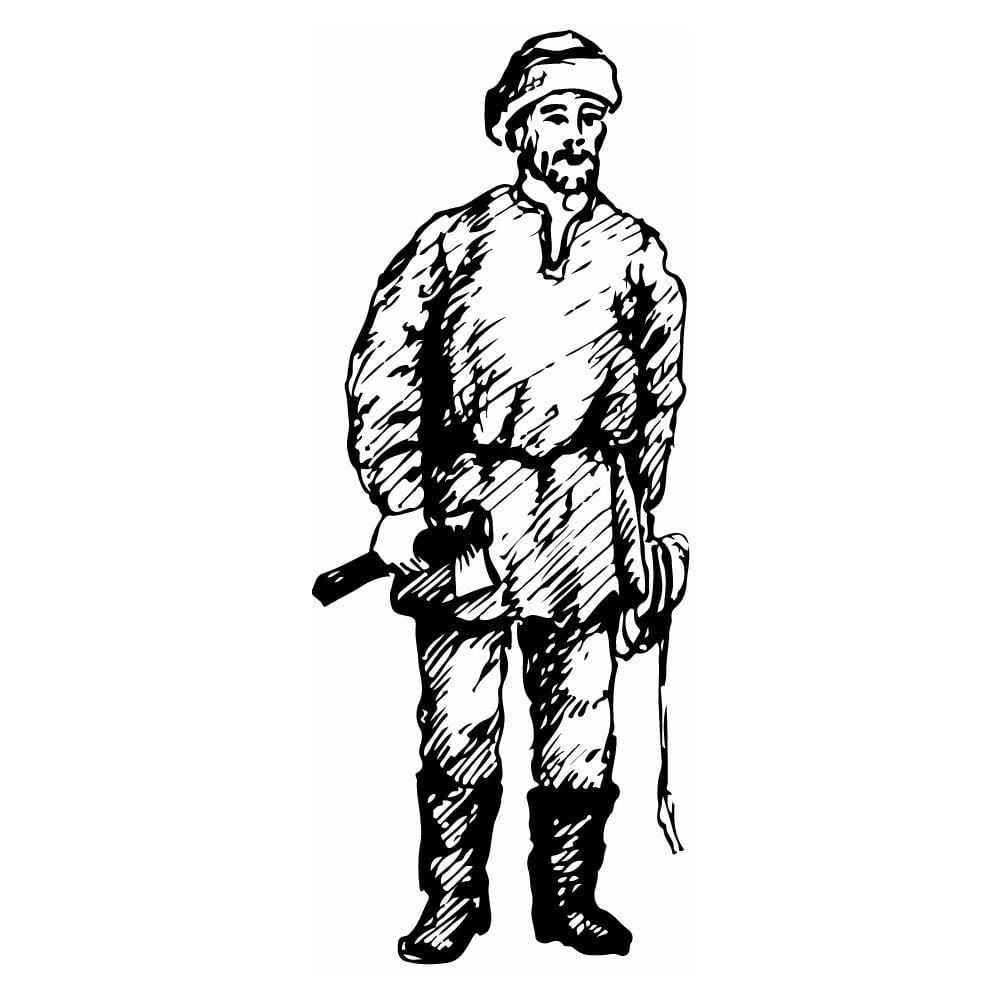Udegei
| Population | 1,900 |
| Language group | Amur branch of the Tungus-Manchurian languages |
| Language | Udegei |
| Region | Primorski Krai in Russia |
| Religion | Animism, Shamanism |
*Population estimates for 1994
The Udegei have scattered along both sides of the Sikhote-Alin mountain chain. They live in villages scattered throughout the vast territories of Primorsk and Khabarovsk Krai. The Udegei call themselves the Udee or Udehe. The group of the Udegei living in Primorski Krai was greatly influenced by China; they call themselves the Taz.
In 1880, after the Ussuri Territories were annexed to Russia, the Udegei became a part of the Russian Empire. In the nineteenth century, Chinese merchants and representatives of trade companies developed a whole network of trade stations covering the southern parts of these territories and up to the Khor and Samarda rivers in the north. These many merchants brought furs and ginseng to the Udegei. The promissory dependence of the Udegei population lead to their enslavery. An Udegei incapable of paying back his debts had to give his wife and children to the merchant who later sold them. Sometimes these merchants sold the whole family.
Hunting and fishing were the main occupations in Udegei economy. The trade of ginseng (an exotic plant of South Siberia) picking was equally important. Fishing to the Udegei was of a secondary importance compared to hunting. In the South, close to the sea, the Chinese taught the Udegei how to get sea kale.
Home industries of the Udegei were represented by blacksmith work, animal and fish skin processing, birch-bark plaiting, and wood carving. The blacksmiths forged household utensils and hunting ammunition. Some of the Udegei were great masters at making nose- and earrings, bracelets, and other fine decorations at speartip. Today, the Udegei work on collective farms. They are mostly engaged in hunting. Ginseng trade is still important.
The Udegei clothing was hardly different from the clothes of other neighboring ethnic groups. Gradually, Chinese fabrics supplanted the traditional fish skin (rovduga) of which clothes had been made. The Udegei robes resembled clothing worn by the people of the Amur basin territories. The men’s clothing was almost indistinguishable from the women’s. However, the women’s robes were a bit longer and heavily decorated. During the winter time, the Udegei wore short fur jackets on hunting trips. Usually the men went bare-headed, not wearing a cap of any sort. Both men and women combed the hair on both sides with a middle parting. The hair was then plaited into two braids.
The art of the Udegei people is versatile. Their fantastic fairy tales are extremely popular. The Udegei songs of everyday life are considered to be a separate kind of musical art all together. They are tunes to very simple melody with numerous repetitions of one and the same word. Udegei painting is rich and rather diverse. Udegei drawings are found on clothing and shaman items. The Udegei embroidery is notable for its bright, multicolor threads, irreproachable patterns, and rich colors.
The religious creeds and traditions of the Udegei were much like those of the Orochi and Nanai, however, they were not as strong toward the bear worship. The Udegei religion was characterized by cults such as the cult of “Masters of Nature” and shamanism. Orthodox missionaries were unable to reach the minds of the Udegei.
This is Ad 1





























